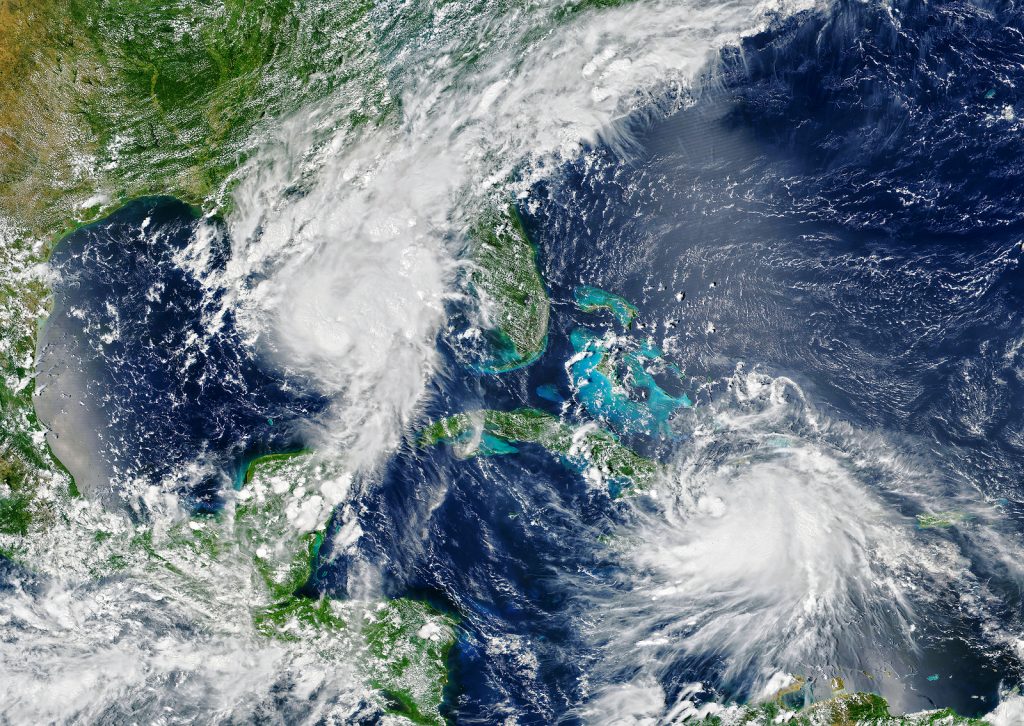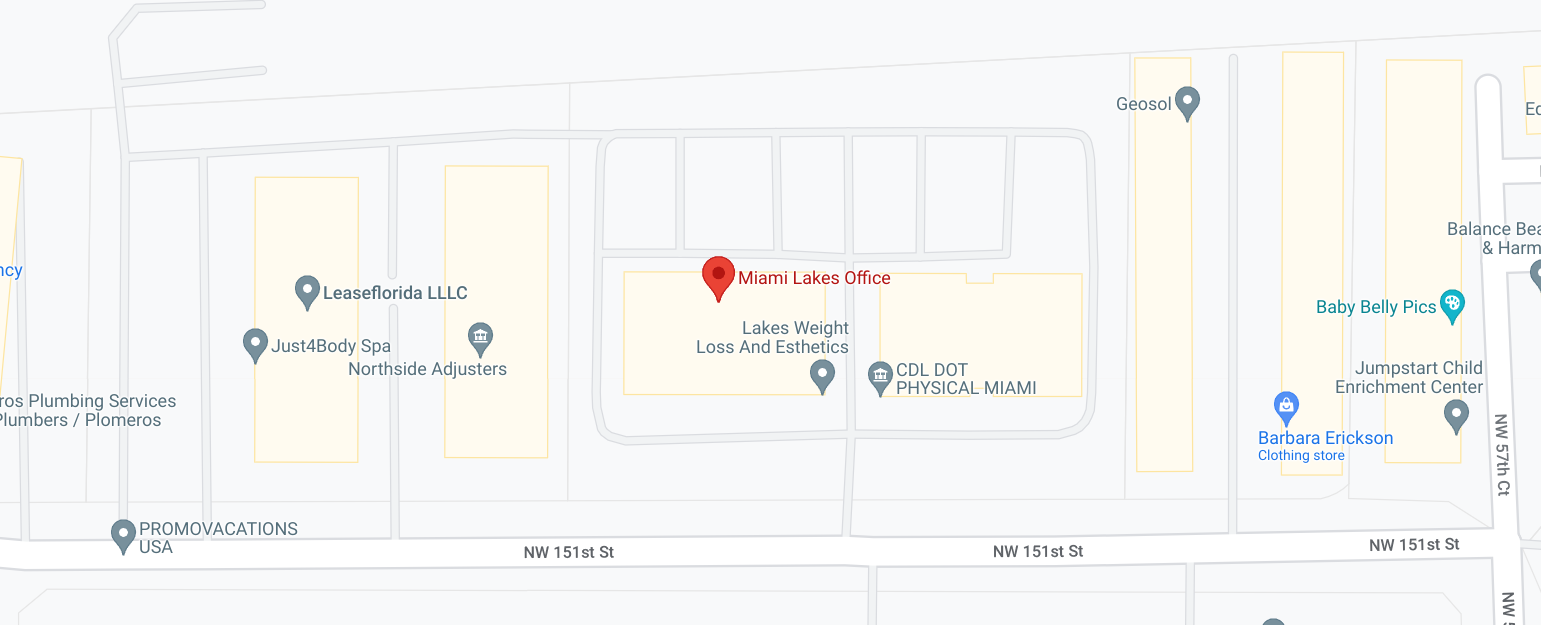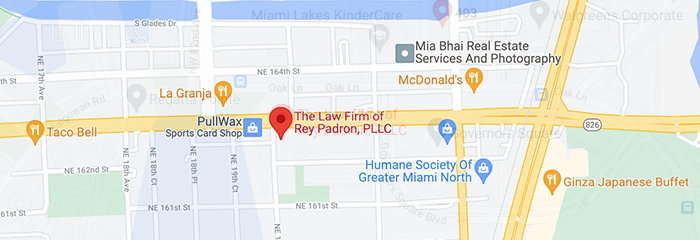It’s unfortunate that Miami hit-and-run crashes have resulted in over 50 fatalities from January to June 2025 alone. While you expect other drivers to stop and check on you and exchange information, not all drivers follow this protocol. It is crucial to know what you can do when the other party drives off during a car accident, especially ones involving serious injuries. No matter the reason for fleeing the scene, remember that you’re not alone. Working with a Miami car accident lawyer can provide the support and guidance you need to fight for your rights in case of a car accident, when the other driver refuses to take responsibility for their actions.
What is a Hit-and-Run Car Accident?
Despite the slight shifts in numbers year-over-year, it’s alarming that hit-and-run cases have consistently been high in Miami. But what qualifies as a hit-and-run?
In Miami and Florida, a hit-and-run incident occurs when a driver or culprit drives away from the scene after crashing into another vehicle or pedestrian. All drivers are legally required to follow specific protocols during an accident, regardless of its severity.
The proper thing to do, and it is also the legal requirement in Florida, is to stop if you are involved in a car accident. You must stay at the scene until police arrive and provide your personal information, such as your name, driver’s license, contact information, and insurance details. If you are injured, please call for medical assistance. These are some of the specific protocols that all drivers are legally required to follow during an accident, regardless of its severity.
Florida law refers to hit-and-run as any act of “leaving the scene after a crash,” although there is a slight difference in requirements based on the specific circumstances of the accident. Here are the expectations for any Miami driver:
- Drivers must stop at or near the scene until cleared of their legal duties.
- If someone is hurt or killed, drivers must provide help or inform emergency responders.
- If they crashed into a parked or non-moving vehicle, they must leave a written note with their contact information. They must also notify law enforcement about the accident.
- If staying at the scene impedes traffic flow, you may move your vehicle, but it is important not to abandon the scene.
Failure to perform any or all of the above, even if you are not the driver at fault, could lead to serious legal consequences. This law is not limited to highways; therefore, you must observe these legal requirements when driving in neighborhoods, parking lots, or on private property. The penalties are higher if injuries or fatalities are involved.
What Are the Penalties for Hit and Run in Miami?
Miami law takes hit-and-run cases very seriously. Abandoning one’s legal duties when crashing or colliding into another vehicle or pedestrian is considered a felony offense, especially when it causes injuries or fatalities. The extent of the penalties for hit-and-run cases varies according to the circumstances of the case, but they are always significant. A hit-and-run case could be considered a first-degree felony, a charge that carries substantial consequences.
If the hit-and-run case involves no injuries and involves property damage only, the charge is a second-degree misdemeanor. This offense carries a maximum penalty of sixty days of imprisonment and a $500 fine. The driver’s license is not suspended in most cases.
For non-fatal injuries, hit-and-run drivers are charged with a third-degree felony. The penalty for this would be a five-year imprisonment and $5,000 fine. It also requires a mandatory license revocation for a minimum of three years.
For hit-and-run cases resulting in fatalities, the driver is charged with a first-degree felony. This entails a minimum penalty of four years’ imprisonment and could be increased to 30 years. There is also a $10,000 fine. Hit-and-run cases with fatalities mean automatic license revocation for at least three years.
The Florida state prosecutors can file the misdemeanor charges within two years of the date the accident occurred. Meanwhile, felony charges have up to four years to file charges from the date of the incident. There is an extension to this for cases that involve fatalities, so drivers cannot get away with a hit-and-run case.
These steep penalties aim to deter offenders from leaving the scene of a car accident and face the legal consequences of their actions.

What You Must Do If You’re a Hit-and-Run Victim in Miami
If another driver who crashed into your vehicle has fled the scene, what can you do about it? Don’t despair. There are steps you can take after a hit-and-run accident.
Alert the Police
First, you must call the police immediately. Alert law enforcement about the accident and report that the other driver fled the scene. It allows the police to secure the scene and preserve it for potential evidence. They will also file a police report and start the official investigation. This police report will become an essential piece of document when you need to pursue a lawsuit.
Do Not Follow the Fleeing Vehicle
It’s important to remember that it’s not safe to follow the other vehicle after it flees the scene following the accident. Even if your car might be working after the collision, you create conditions for another more serious crash if you decide to chase after them.
Your safety is paramount, and following a fleeing vehicle could put you at risk.
Additionally, a driver who evades the scene in a hit-and-run case is often in a state of panic. They are not thinking clearly, and it is reflected in their erratic driving behavior. Pursuing them would only compel you to drive aggressively, increasing the risk of another crash.
Collect Details About the Other Vehicle
Even if you cannot pursue the other vehicle, do your best to make a mental note of crucial details, such as the license plate number, make and model, color of the vehicle, and other distinctive features. You must also try to remember the description of the driver, if you had a look at them.
If you can find potential eyewitnesses near the crash site, you can ask them for their information. They could provide crucial information that would support the police investigation.
Collect Evidence
Aside from taking photos and videos of the other vehicle, you must also document the accident scene. You must primarily focus on the crash site, road conditions, and extent of damage to your vehicle. If you have injuries, be sure to take photos and videos as evidence as well.
Working with a Lawyer in a Hit-and-Run Case
Hit-and-run cases are personal, which makes them frustrating. The other driver caused damage or injuries, but they fled the scene, so no one is held accountable for their actions.
Since Florida is a no-fault state, it means that your insurance coverage pays for monetary losses in a hit-and-run case, including personal injury and damage to your car. In other words, it works the same way as any other type of car accident.
Unfortunately, insurance companies will try to lowball your case so they can pay as little as possible. Working with a Miami car accident lawyer ensures you can achieve a satisfactory settlement in a hit-and-run case. Their legal expertise is valuable once you identify the hit-and-run driver, as you have to file the charges within the statute of limitations specified by Florida law.












